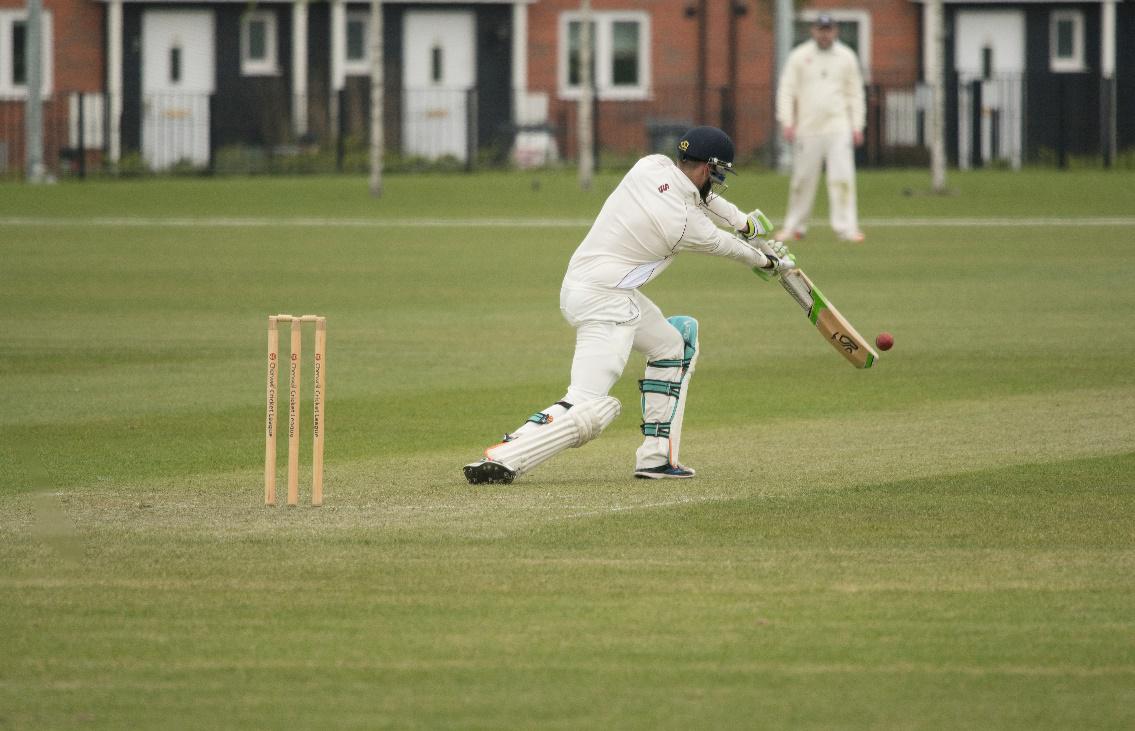Cricket is one of the world’s most beloved sports. Simple on the surface yet tactical and requiring patience, it’s grown to be a fan favourite across the globe.
Nowadays, you can choose from a vast range of markets on cricket at Sportsbet, covering everything from sixes to wickets. But behind this now-modern sport is a rich history steeped in tradition and heritage.
While many see it as a typically British game that’s lasted generations, cricket can be traced back through many different time periods, all of which have had some effect on its development.
Early versions of cricket
Historians have often traced back cricket’s origins to rural England, with the 13th or 14th century providing painting and drawings that depicted people playing a bat and ball game that held many similarities to the sport.
In its early form, villagers would simply use a gate as what would later be known as the wicket and use a thick branch or stick as the bat. It’s believed a stone was the first projectile used as a means to try to hit the gate.
It wasn’t until the 17th century that counties, grammar schools and farm communities began playing the game with clear rules, a weighted ball and a carved-out bat that could be manipulated to play different kinds of shots.
During this century, batting took on much more precedence than bowling, with the main aim being to hit as many runs as you could.
Rules and betting
As we can see in our modern world, cricket and sports betting are closely tied. This relationship dates back to the mid-18th century when the emergence of betting within the game was key to the sport introducing set rules and regulations.
When cricket grew in popularity, the upper class and nobles of England saw it as an opportunity to place high-stakes bets on who would come out on top as the winner in each county.
With serious money being incorporated into the game, early cricketing authorities – known then as ‘Star and Garter Club’, came up with clear rules to make the game more defined. These included additions such as LBW, a third stump and a stamp on the maximum width a bat could be.
The very first established ‘professional’ fixture was the inaugural clash of two of the most famous academic institutions in the country – Eton and Harrow.
Technique development
Until the 19th century, the focus of the game was largely on batting, with bowlers throwing the ball underarm. Until this time, they had the freedom to throw high, low or as fast as they liked – but this changed when a new rule was introduced in 1864.
The governing body at the time saw it fit to level the playing field and take some of the focus off of batting and require more precision and skill when bowling. That year, they introduced the rule that bowlers must throw the ball overhand.
This drastically changed the outlook of cricket, as no longer were batsmen merely testing their hitting power and enjoying directing the ball where they wanted. They now had to compete with balls coming at them as fast as 90mph and bouncing off the green in front of them.
As a result, it became commonplace for batsmen to protect themselves with padding and helmets, which was later enforced across the board as a rule.
New competitions
As cricket grew, so did the culture surrounding it. Cricket fields, which have since become historic, were perfected to provide the best surface for play and official bodies were set up to organise tournaments.
Universities gave way to county and club cricket, with professional players making names for themselves across the 19th and 20th centuries.
As cricket grew slower and more methodical in its approach, crowd engagement began to lessen, so officials decided to introduce new competitions and formats that were more appealing to those not looking to watch test series that spanned multiple days.
One-day knockout tournaments, both domestic and international, began drawing in larger crowds, while the appeal of Twenty20 cricket meant the sport had multiple ways to impose itself on the world stage.
Cricket, as we know it now, has had a long and complex history with many changes. It’s a testament to its appeal, however, that despite so many revisions it still stands as one of the world’s favourite games.

